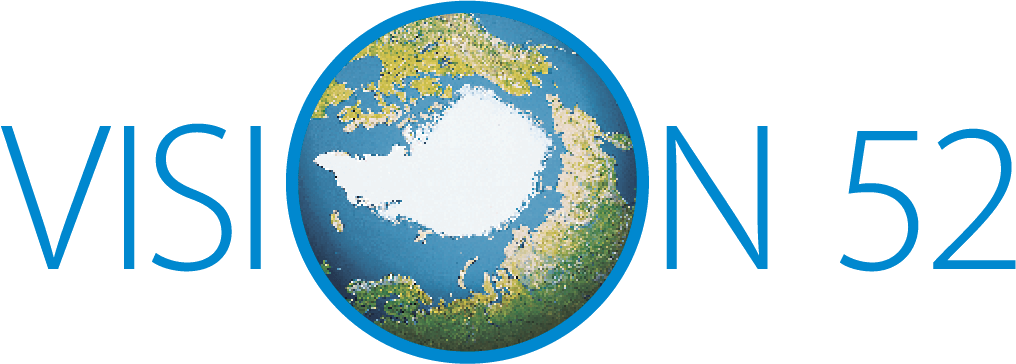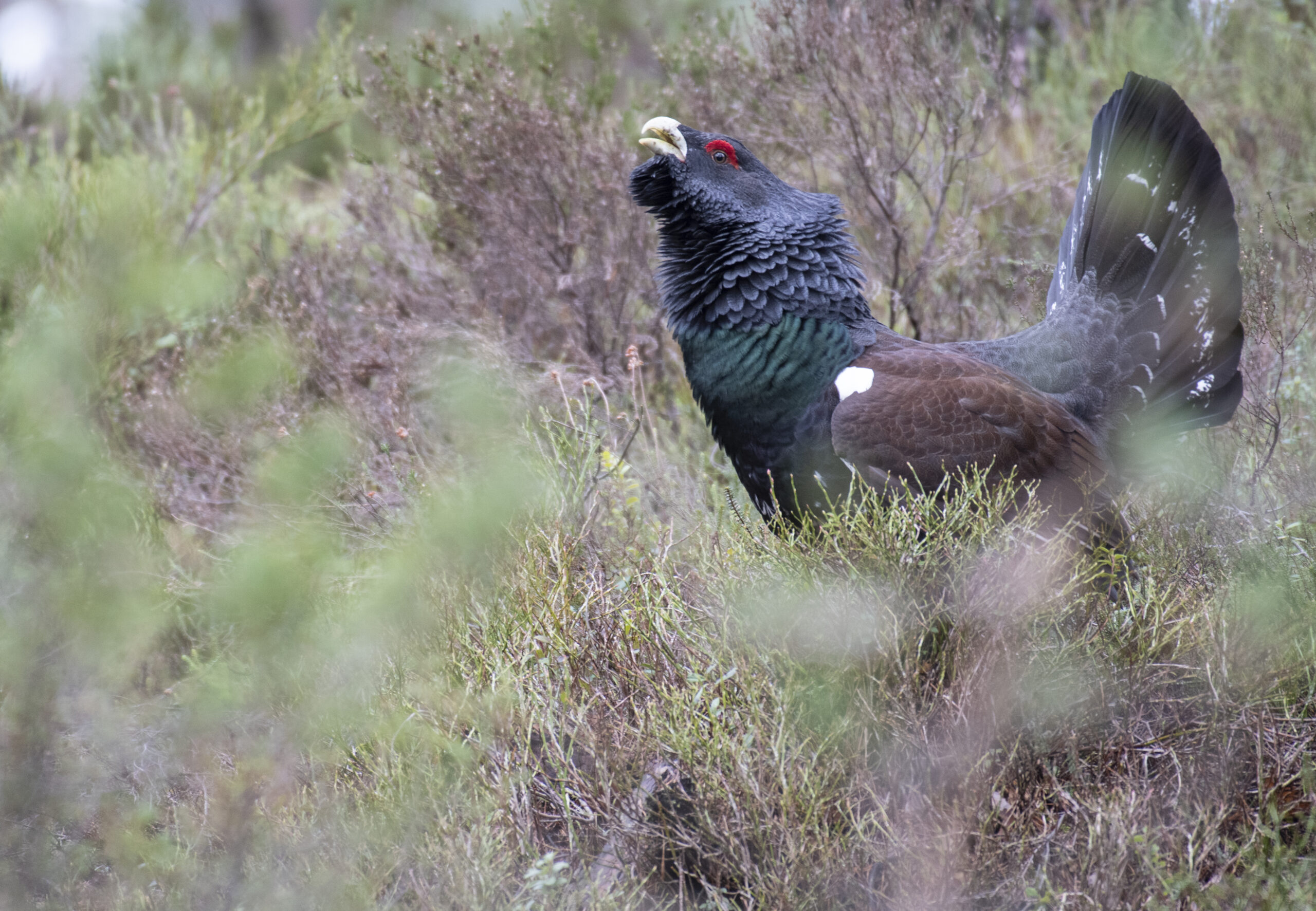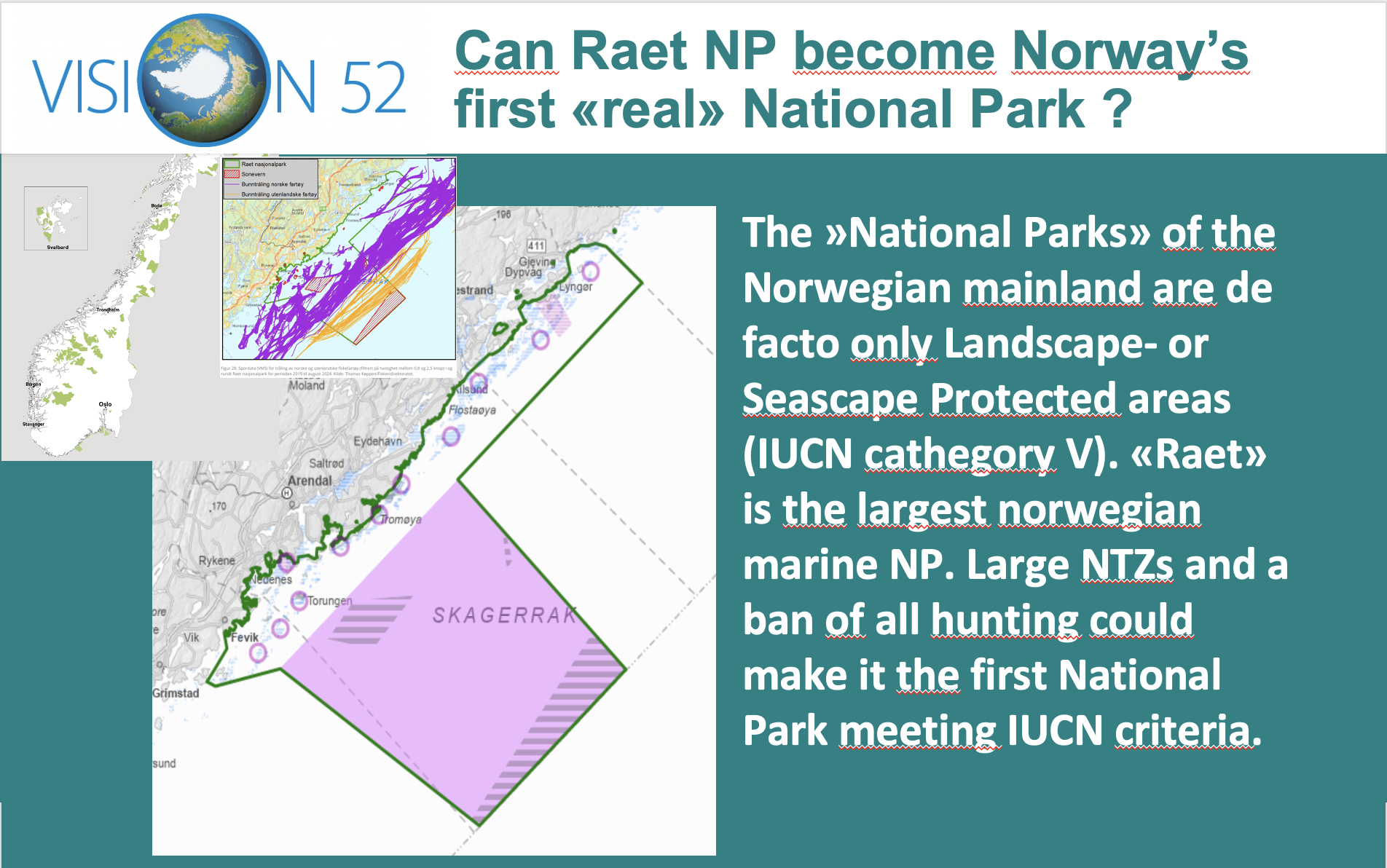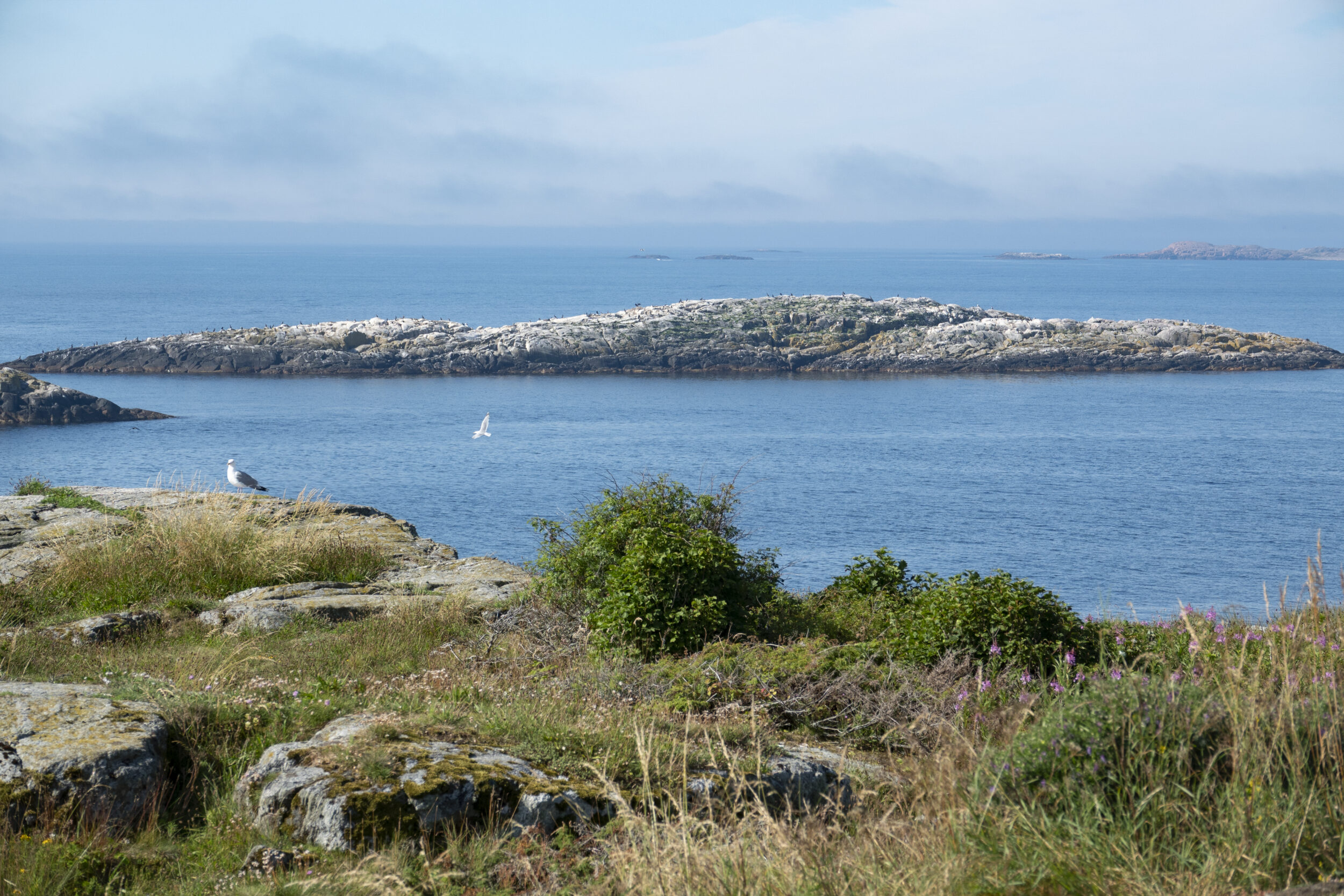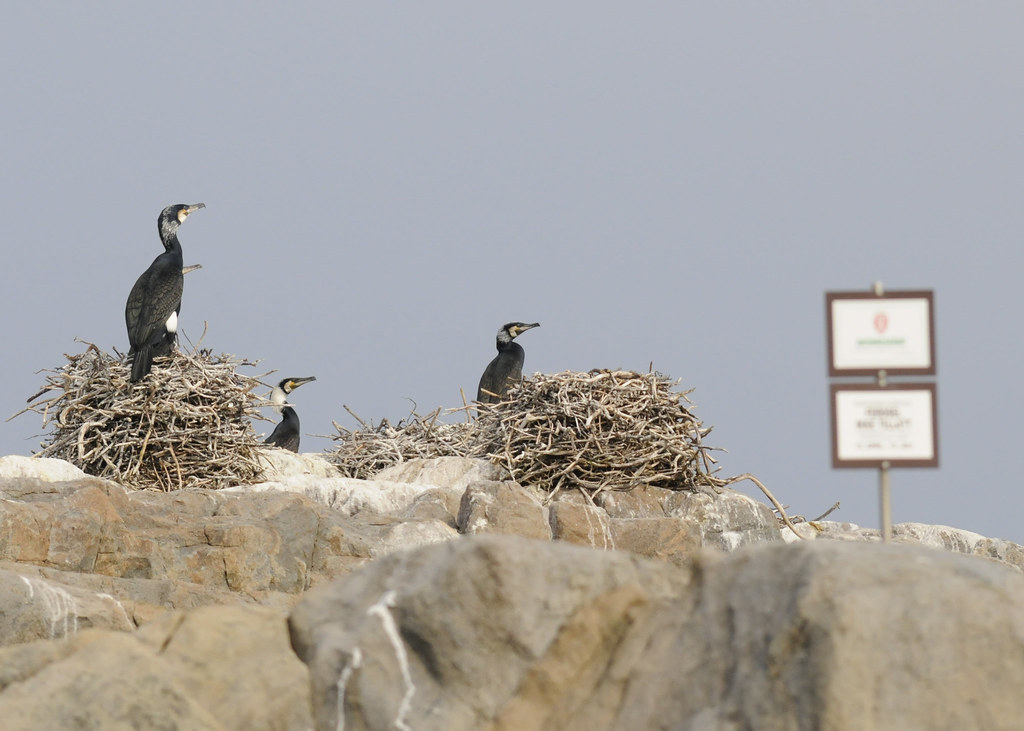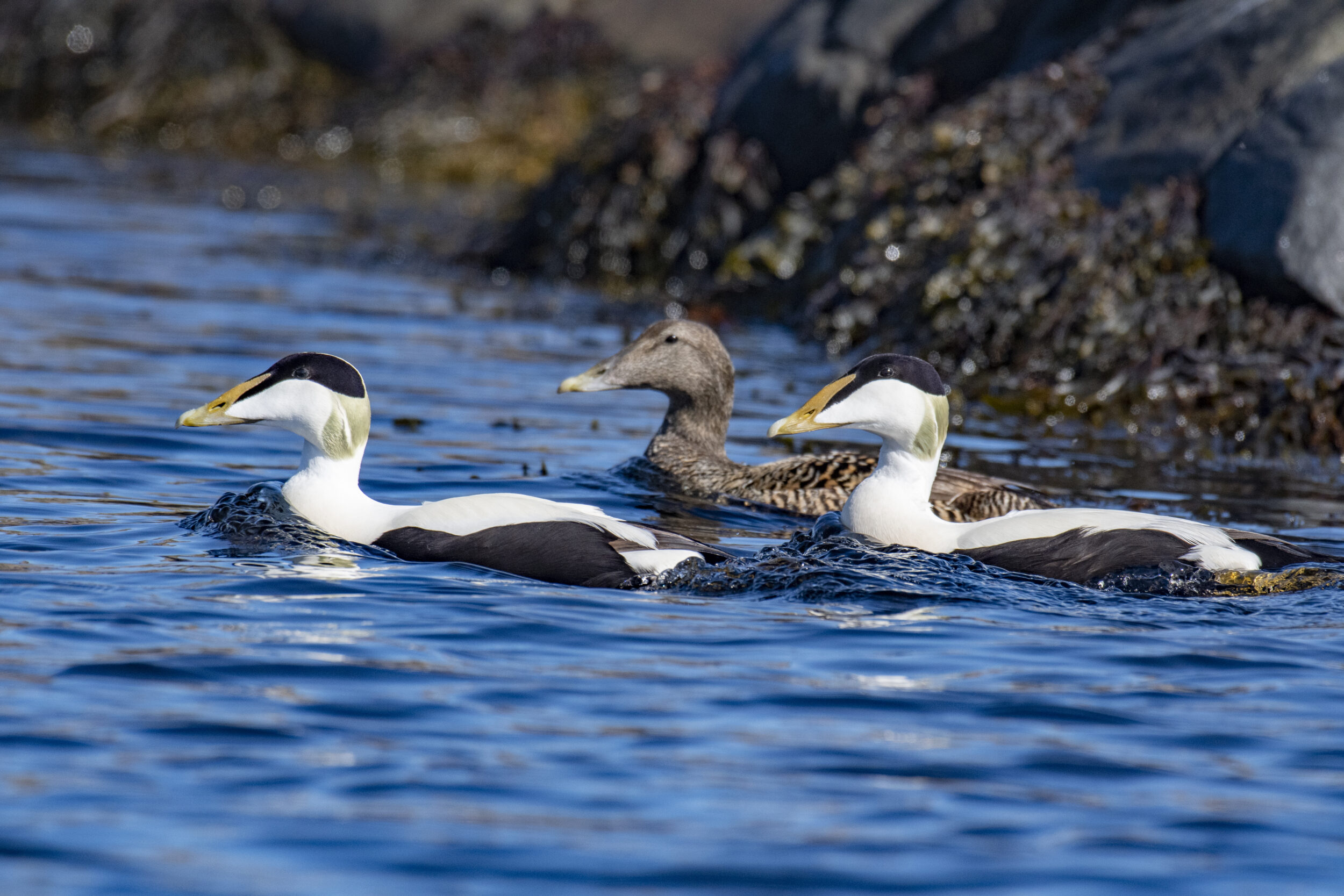“BirdLife Norway will work to stop hunting, trapping and fishing in protected areas and to protect red-listed species from hunting.”
What sounds like common sense in other countries can be considered revolutionary in Norway. In all national parks and most other protected areas on the Norwegian mainland, hunting and fishing are permitted just as in unprotected areas.The fact that Birdlife Norway wants to advocate for hunting-free protected areas as its main objective 1 in its newly adopted strategy for 2025–2029 is not uncontroversial even among its own members at the regional level, as the principle of ‘protection through use’ is also taken for granted in Norwegian national parks. It is part of the basic understanding of many Norwegians, and conservationists are no exception, that hunting is fundamentally allowed and necessary in protected areas. Others are not even aware that Norwegian national parks are not equivalent to those in Africa, for example, but only correspond to landscape conservation areas according to international criteria.
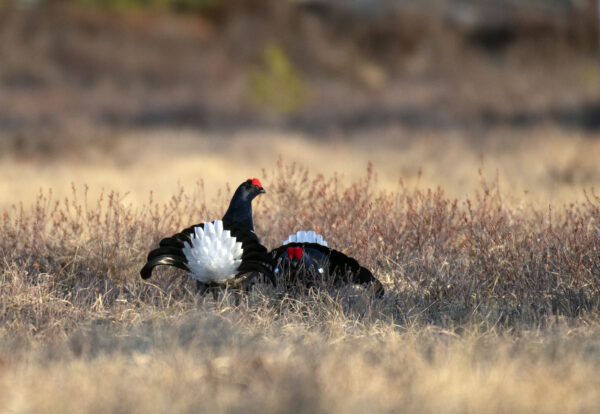
It is a popular tradition in Norway to watch black grouse during their mating season in spring. If the birds were not hunted in the same area during other seasons, they would be far less shy and easier to observe and photograph. Photo: Peter Prokosch
Recently, however, there have been increasing calls in Norway for national parks to be brought into line with international standards, where hunting and fishing should be prohibited, at least in the majority of areas. There are plenty of good arguments for the demands now also formulated by BirdLife Norway:
1) Why should different standards apply in Norway than in other countries around the world, especially since Norway is at the forefront of international nature conservation conventions with its ambitious nature conservation goals, such as the so-called 30 x 30 target of placing 30% of the country’s land and sea area under effective nature conservation by 2030?
2) In areas where hunting is not permitted, the so-called national park effect occurs: animals lose their fear of humans as a potential threat and can therefore massively expand the area they can use. And visitors to such areas – now less of a disturbance – can experience wildlife up close and understand how the value of their national park is increased.
3) Areas protected from hunting and fishing also ‘feed’ wild animal populations outside the protected area and increase hunting and fishing yields.
It remains exciting to see where the first ‘real’ national parks will be established in Norway. The Raet National Park on the south coast of Norway is a suitable test area for BirdLife Norge’s new strategy. A concrete proposal is on the table here, which only needs the support of the regional sub-organisation BirdLife AustAgder and a few other regional decision-makers to become reality.
We are happy to publish further encouraging support for national parks in Norway that meets international standards.
